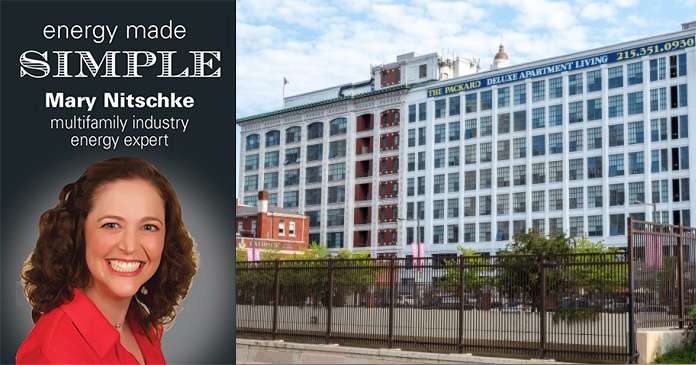When I first started in multifamily, I heard an acronym that I admit I had to look up: NIMBY. Not In My Back Yard. As I learned from many conversations with developers, there is resistance to building higher-density multifamily properties in single family home markets, even when there is demand for additional housing in those markets. NIMBYism contributes to longer entitlement times and even rejected proposals.
As an industry, I know we have jumped through hoops and conformed to crazy requirements to gain approval for projects. I once heard a story of a developer who had to commit to relocating and homing feral cats to build a multifamily property! We jump through the hoops, we build, and we become part of the community.
This is why I was surprised and perplexed by people in our industry who felt that it was “impossible” to convert commercial buildings to multifamily. Like anything we have done as an industry thus far has been a walk in the park! Why do we start with “No!” and not “Yes!” or even “Could we?”
In fact, right now, the City of New York has projects going on to convert vacant office space in skyscrapers to multifamily. I am curious if our acquisitions teams are looking at vacant offices the same way, a few years ago, they were looking at neglected multifamily properties that they could majorly upgrade and bring to class A.
Here is why I am very excited about vacant commercial office being converted to multifamily. First rule of real estate: location, location, location. Typically, you do not find office space in the middle of a field in a rural area. These assets are in prime cities with housing demand that exceeds supply: New York, San Francisco, Chicago, Los Angeles, etc. You have markets which will be excited to have additional housing. These commercial assets also tend to have a higher walkability scores, making their locations even more desirable.
Then we talk money: cities with a lot of vacant offices typically are taking a hit to their tax revenue. Empty buildings mean lower property values and a lot less taxable income, which means the cities will have more appetite for commercial conversions. In fact, the City of San Francisco recently participated in an online seminar with the Urban Land Institute discussing how they were willing to accelerate and incentivize the commercial conversion process.
Then let us look at infrastructure (and excuse me if I am salivating here), commercial buildings were metered for commercial loads. You can get enough energy to the property for sure; it is designed and built for heavy utility loads. That saves on construction time and costs when you compare adapting existing utilities to trenching and bringing utilities to the site.
How about efficiency? As the demand for efficiency and green designations (LEED, EnergyStar, etc.) have historically been greater for commercial than for multifamily, a lot of the commercial sites out there already have great building envelopes. This leads to lower operating costs and easier qualifications for green certifications, which equip you to apply for green lending programs. So much potential.
An argument against commercial conversions to multifamily is that the buildings would need to be torn down to build multifamily. This seems weird to me. I concur that these conversions would involve major renovations. You cannot just slap on a coat of paint, add a granite countertop and TA-DA, multifamily. Yet, I have seen our industry do extraordinary things in the way of renovations. That is not scary. It has tremendous upside.
Back to NIMBYism. We could be heroes. Instead of communities fighting against our industry to keep us out of their backyards, we could be embraced as we make their communities more resilient and revitalized. We may need to add capes to our wardrobes.
















